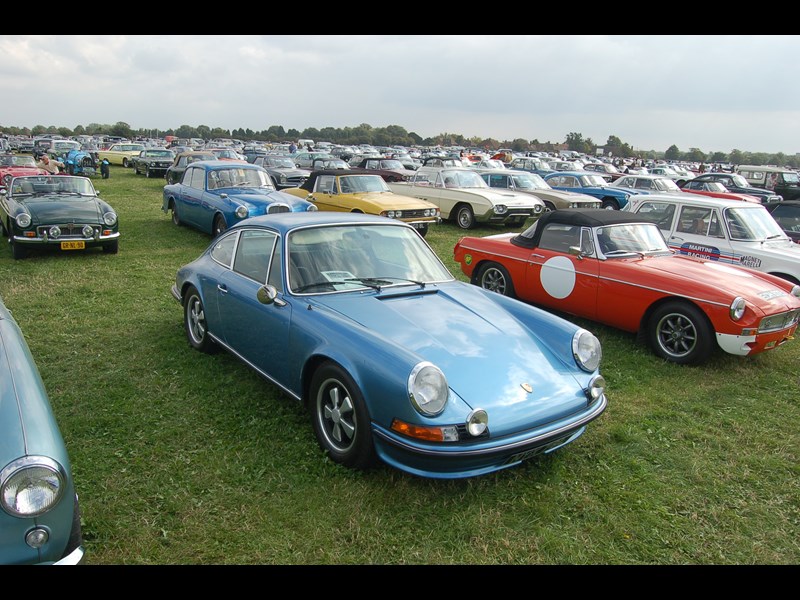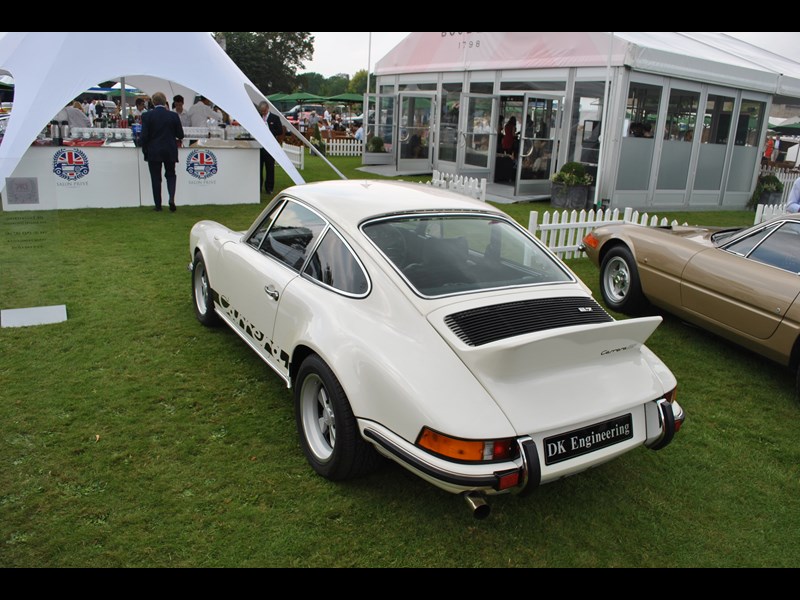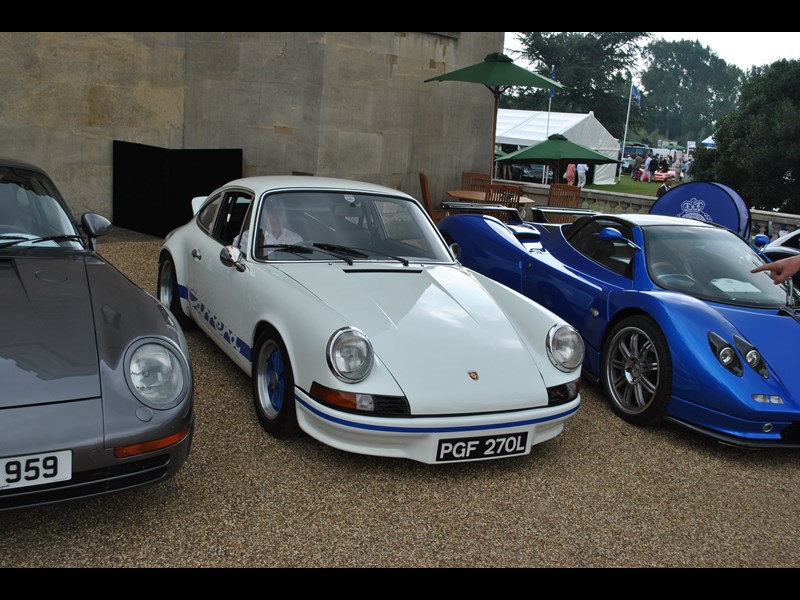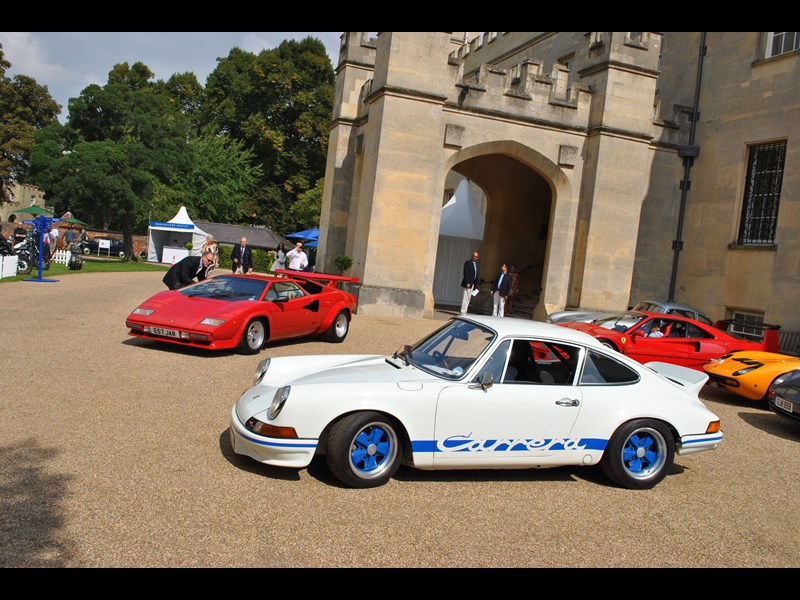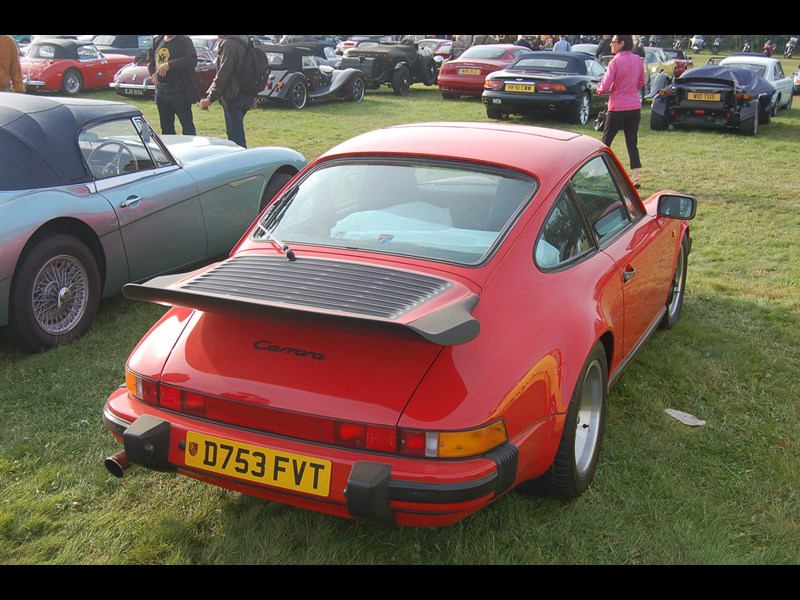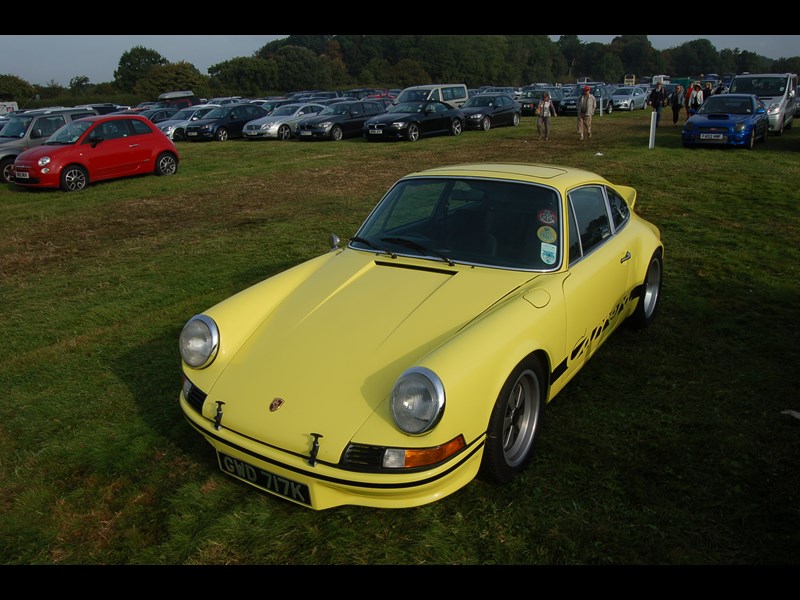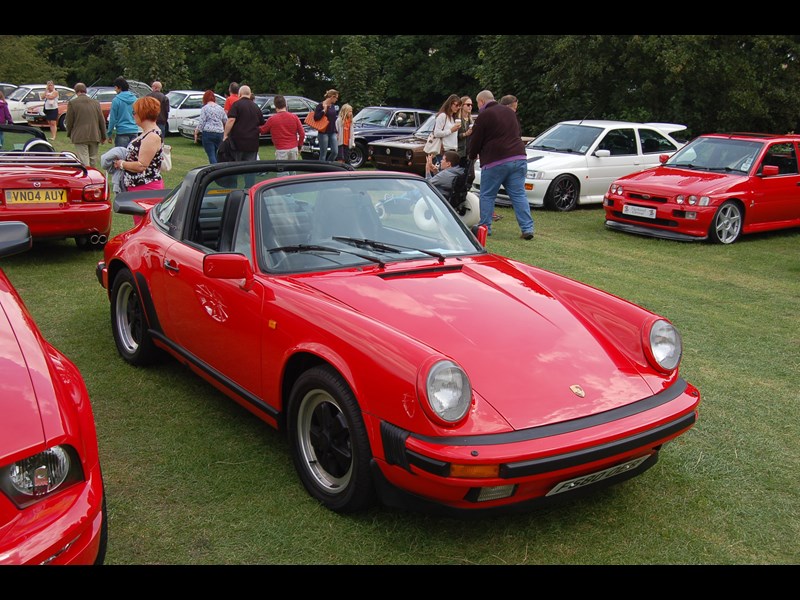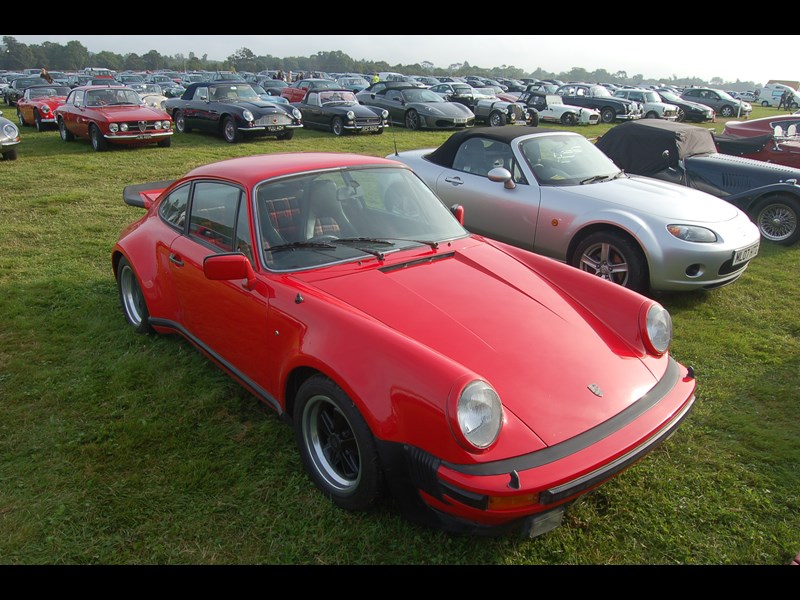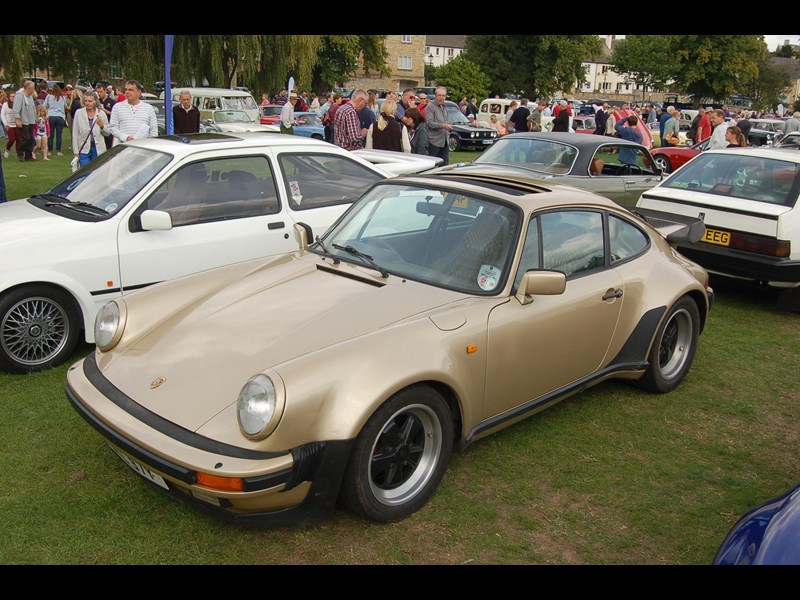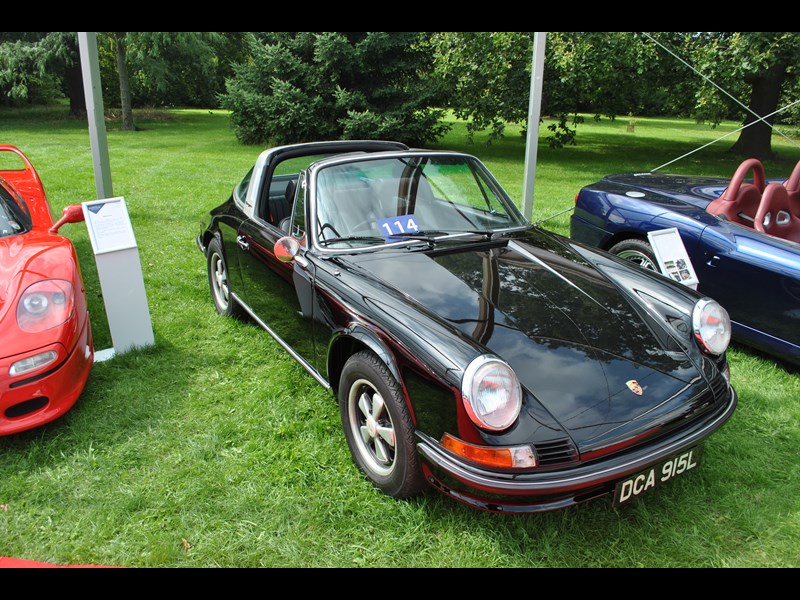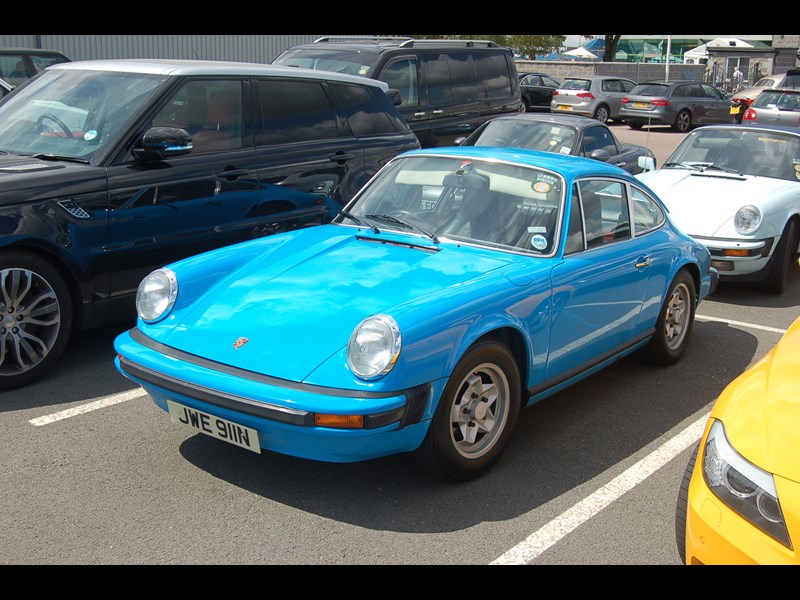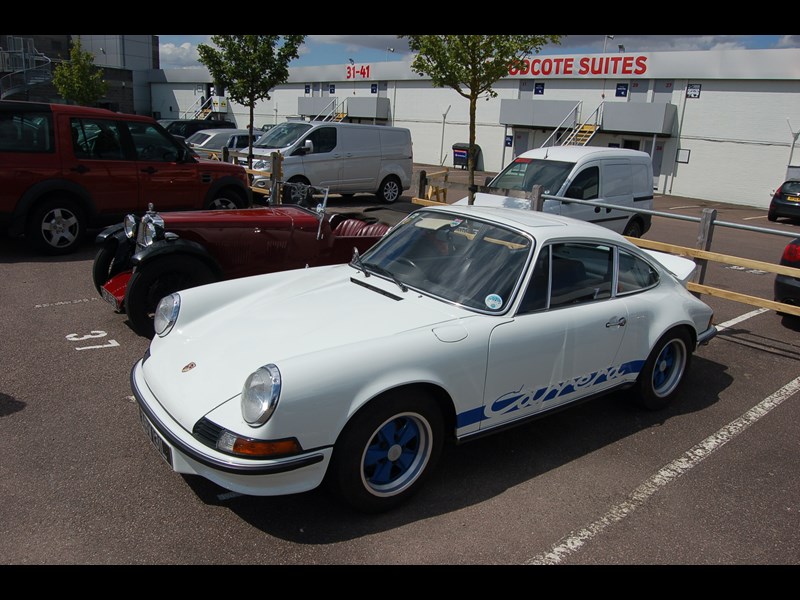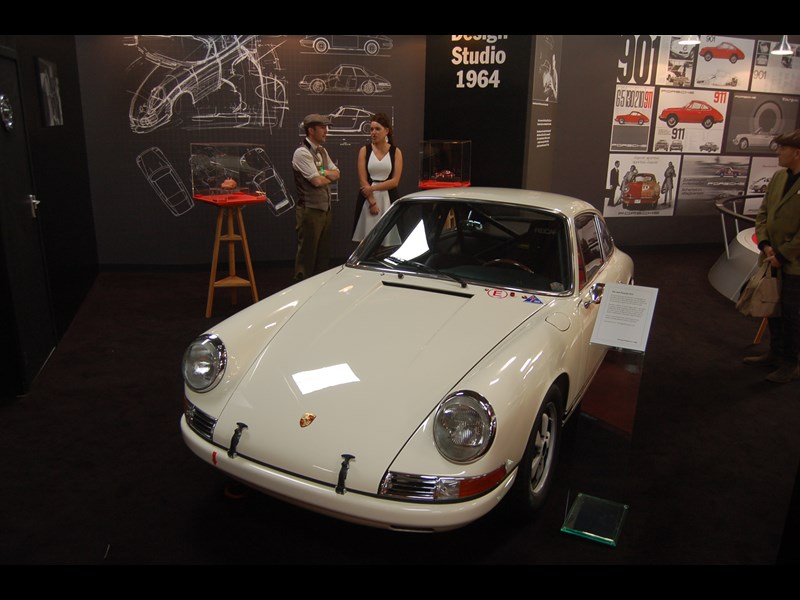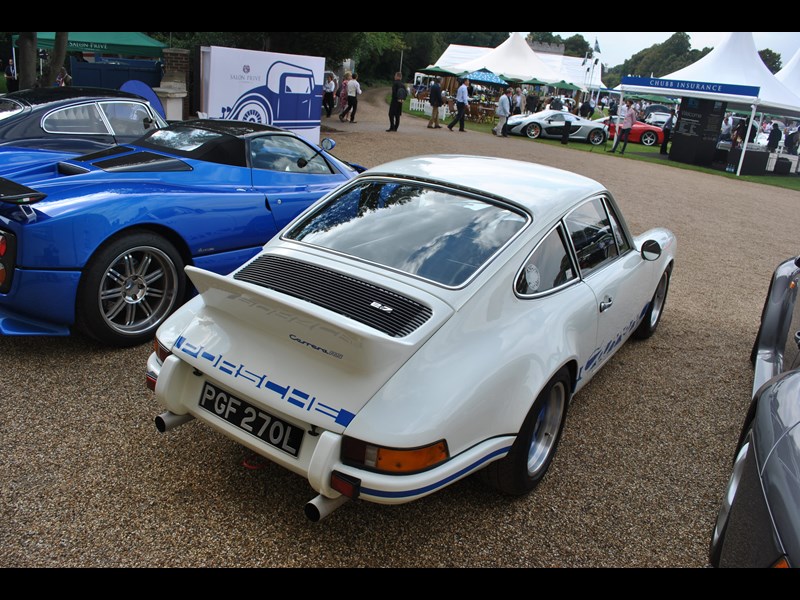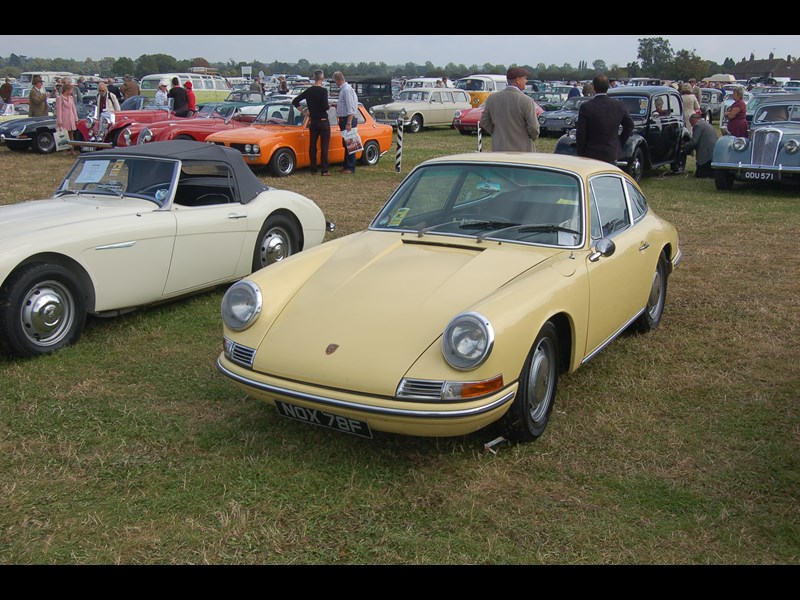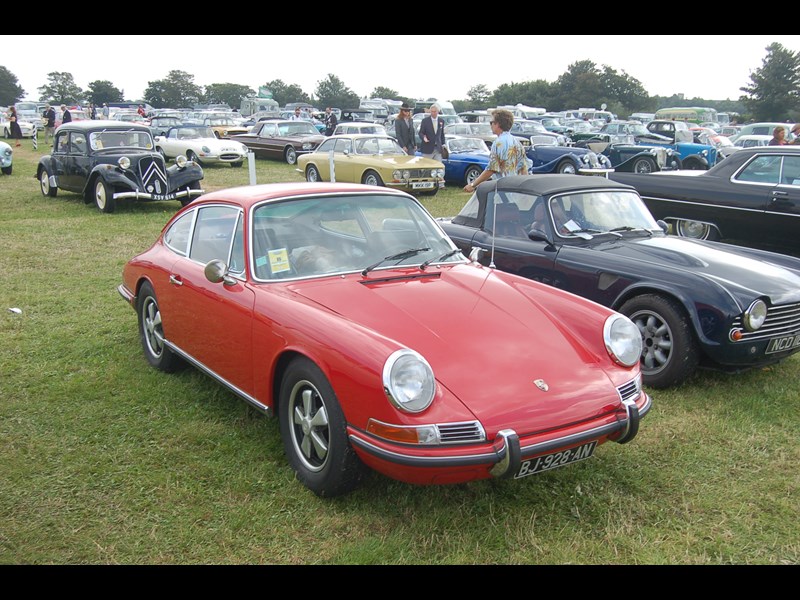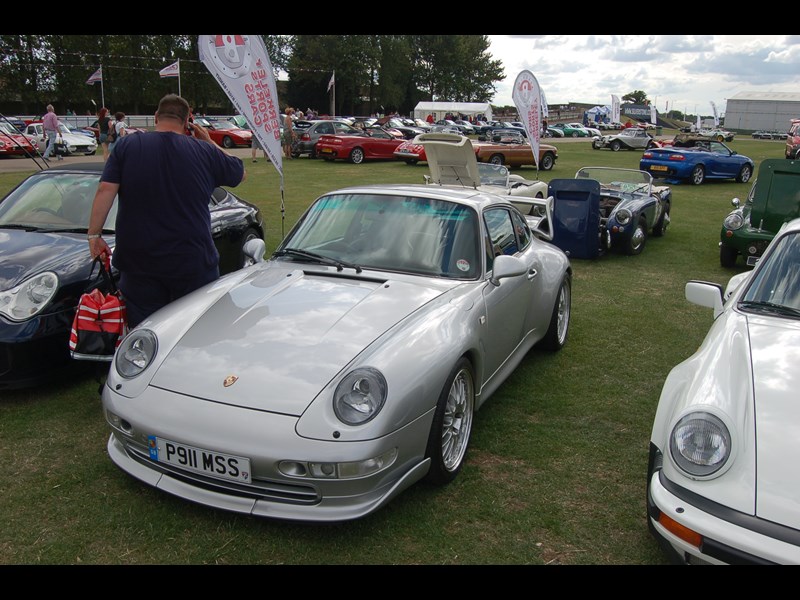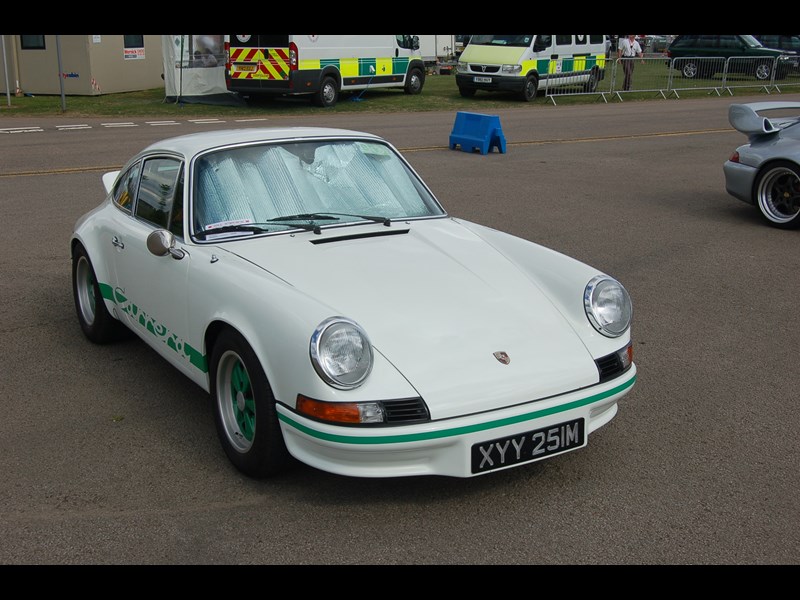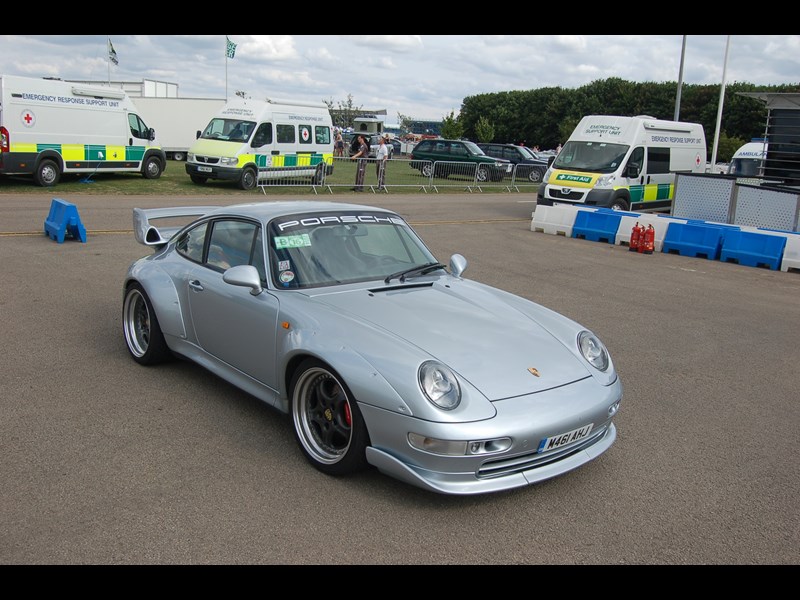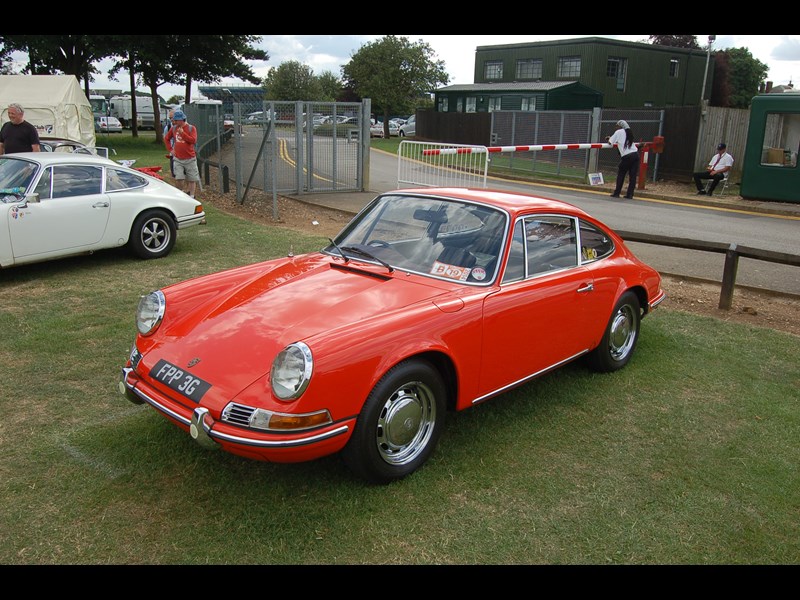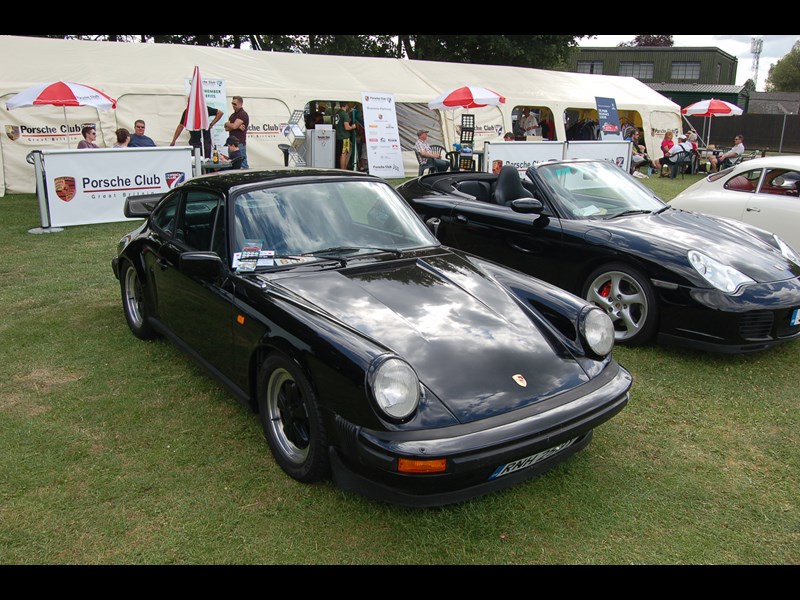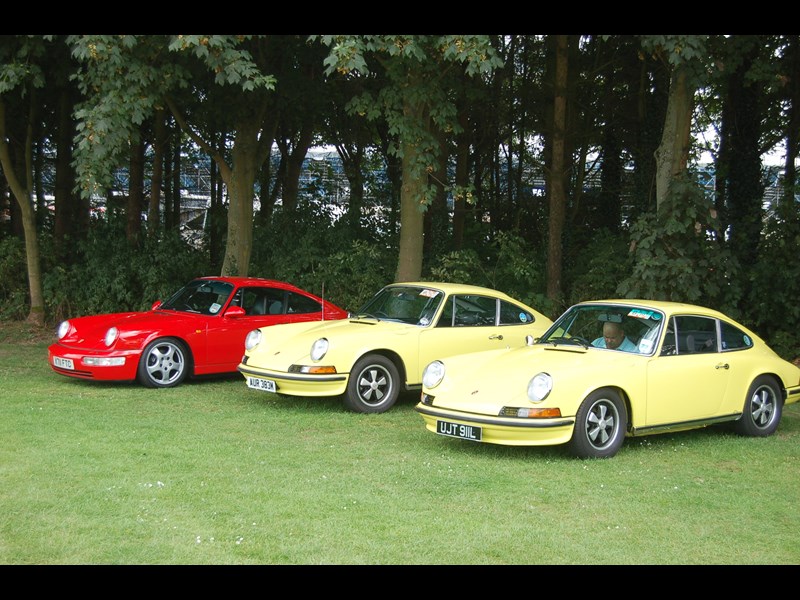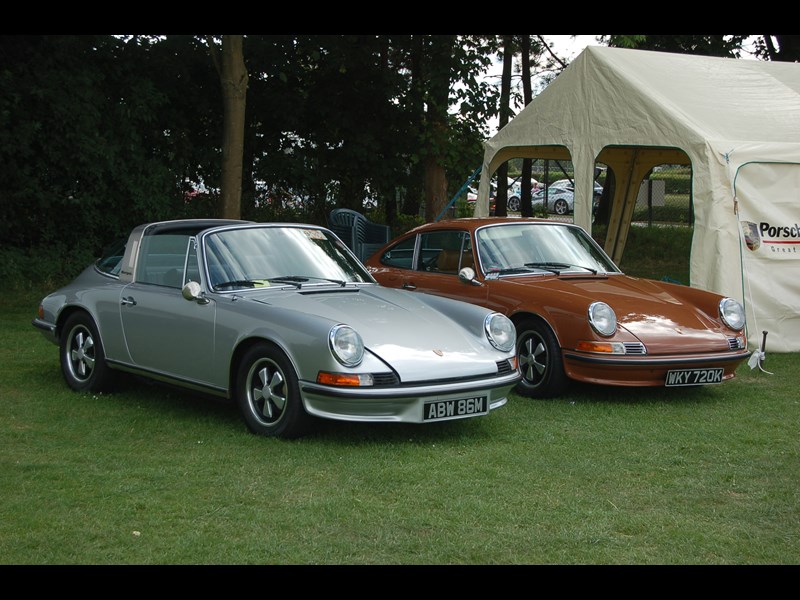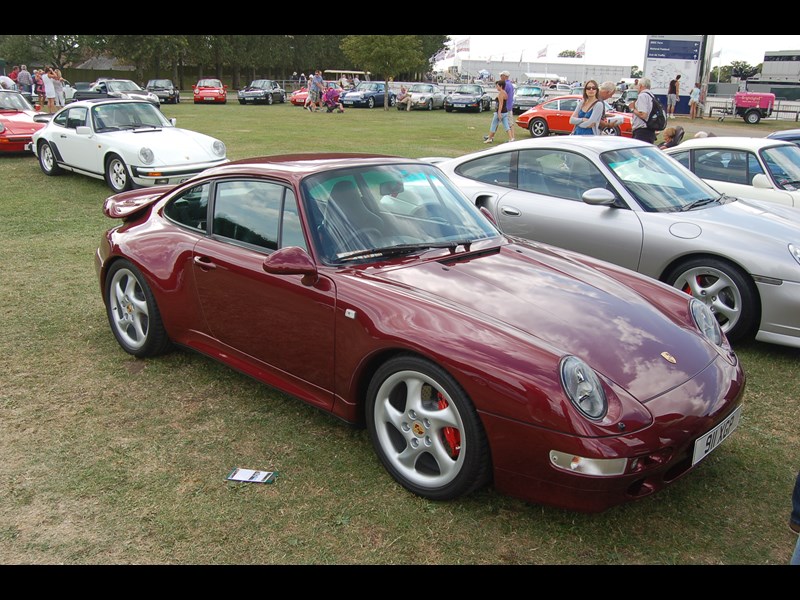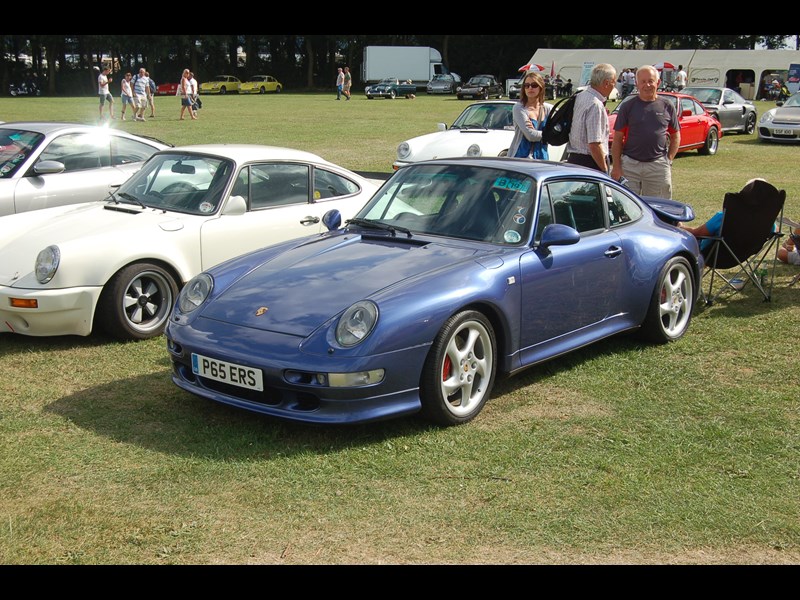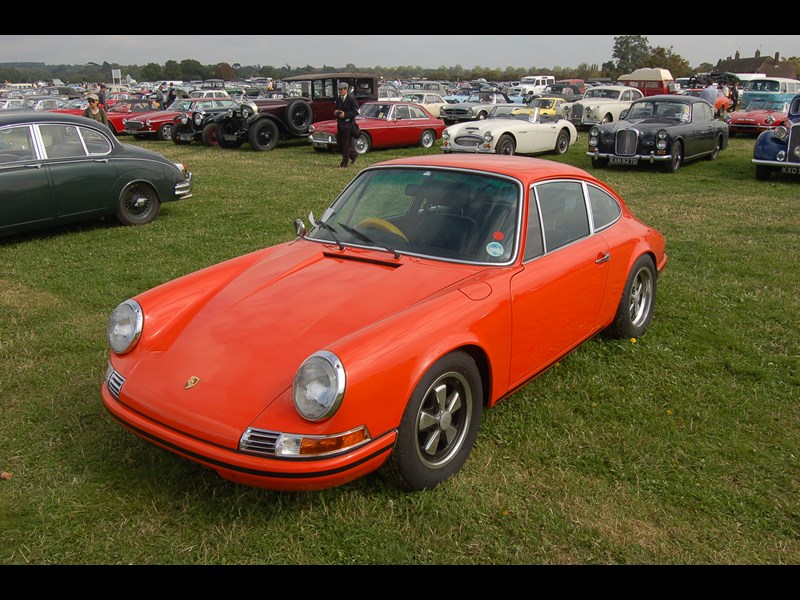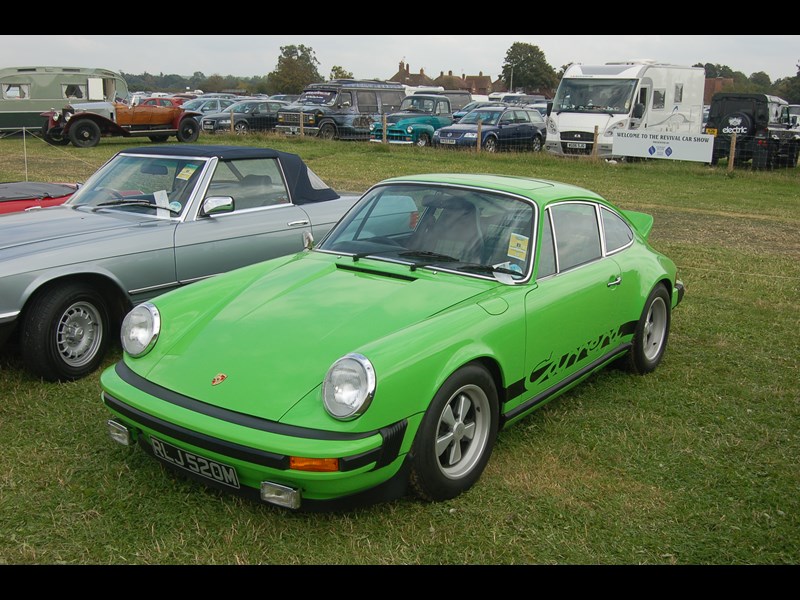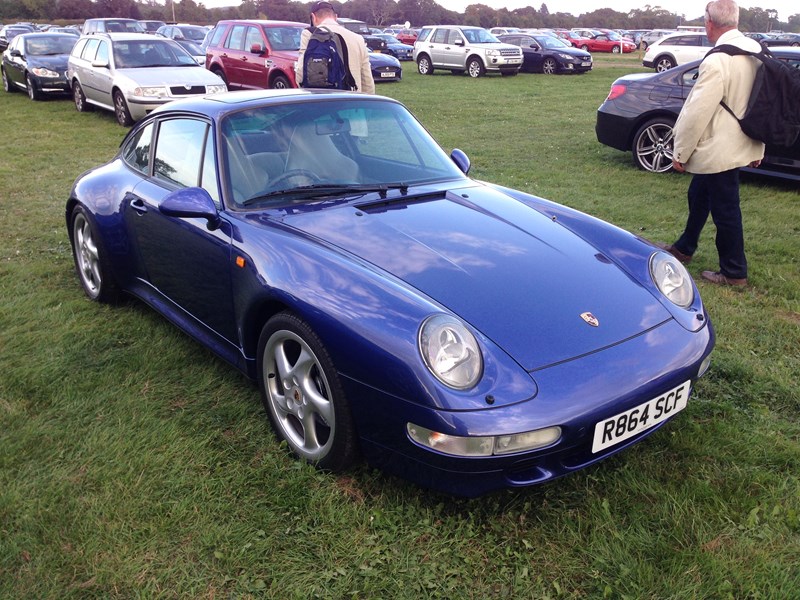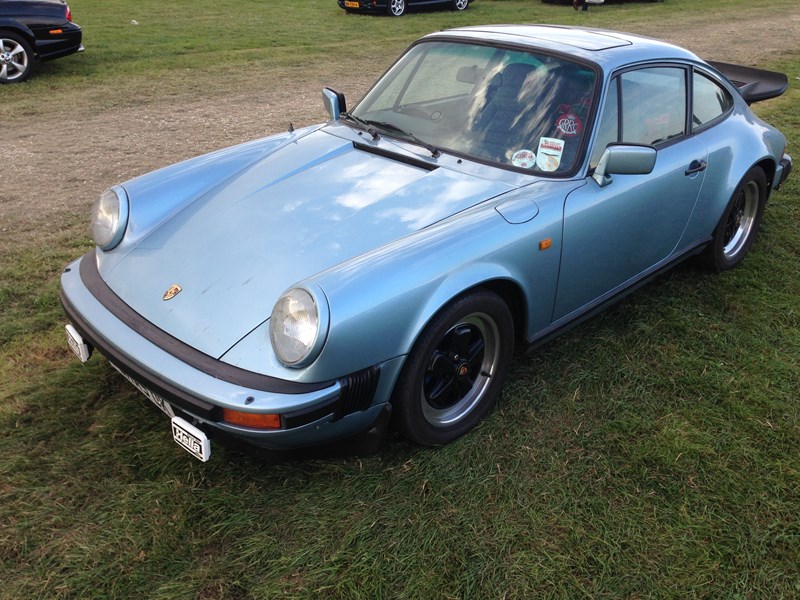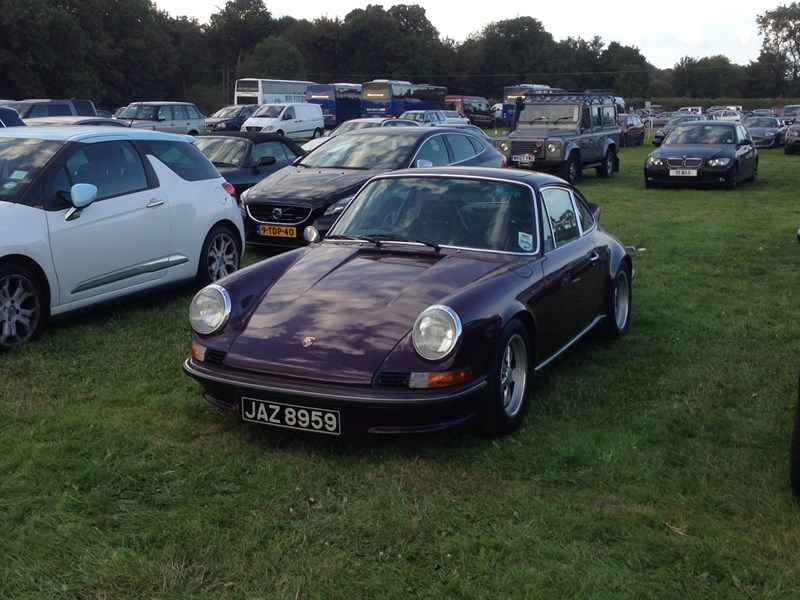The last of the classic-era 911s is also arguably the best buy, but be wary.
The 911 Carrera 3.2 was launched in 1984 to replace the 911 SC. Most changes in what was a gentle evolution focused on the rear-mounted, six-cylinder engine. A rise in size to 3164cc was good but the major news was Bosch Motronic engine management. Later 911s do carry a bit more weight than earlier cars, but have a fair dose more grunt. You could specify a big rear wing, brakes and suspension of the Turbo for the Turbo-look.
VITAL STATISTICS
Porsche 911 3.2 Carrera
Engine 3164cc/flat-6/DOHC
Power (bhp@rpm) 231bhp@5900rpm
Torque (lb ft@rpm) 209lb ft@4800rpm
Top speed 151mph
0-60mph 5.5sec
Consumption 22-25mpg
Gearbox 5-speed manual
WHAT TO LOOK FOR
BODYWORK & CHASSIS
Don’t let talk of galvanised bodies distract you. These 911s can – and do – rust. Accident damage is also an issue as not everyone respected the handling quite as much as they should. Be very wary of any suspect panel gaps and check for repairs that aren’t up to scratch. A blow-over can quickly make even a rough 911 appear smart at first glance. Rot can strike in the front wings around the headlamps and the trailing edge, but you really need to get underneath to check around the rear suspension mounts and inner wings. If you see any sign of bubbling just ahead of the rear wheels, above the sill line, expect significant rot. Also check the ‘kidneys’ – the panelwork to the rear of the door-shut. Rot here can be terminal, so ensure they are both solid.
ENGINE
These engines are tough, with the hydraulic timing chain tensioner a huge improvement over earlier models. However, 911s often cover huge distances, so check the service history to see if the recorded mileage can be verified. Any clattering from the engine is bad news and suggests a top end rebuild is likely to be required. Watch for blue smoke too, as cylinders can wear, especially if lots of short journeys have been undertaken. Check the service history for work carried out as well as stamps. Recent engine work is always a bonus.
Until 1987, the 915 gearbox was used. This can be very clunky in first and second, especially when cold. The later G50 gearbox is considered an improvement – spot it by reverse gear being next to first. It came with a hydraulic clutch too, so the pedal should be lighter. Once warm, either gearbox should allow quick, crunch-free changes.
ELECTRICS
The top-model 300SE and 300SEL had air suspension, which was high-tech stuff for the early 1960s. The ride it gives is quite remarkable, but problems can be very expensive indeed to fix, and parts are not plentiful. Buy an air-sprung Fintail with your eyes wide open, and have the phone numbers of a specialist and your bank manager close at hand.
RUNNING GEAR
The brakes should naturally haul the car to a quick halt with the minimum of fuss. The torsion bar suspension has little to go wrong, but worn dampers can make a 911 feel skittish and tired bushes can lead to clonking and vagueness. People are sometimes tempted to modify the height. They shouldn’t. The steering should be accurate and entirely free of play. Inspect the tyres. You want deep tread, not worn out rubber by a different manufacturer on each corner.
INTERIOR
Ventilation is a weak point, so make sure the air conditioning is working if fitted. Assume it isn’t working if told it has been disconnected. Check the electric windows too and make sure the heater can be turned on/off. Damage to the seats is rare as they are hard wearing, but that and wear on the steering wheel and pedal rubbers can be used to help gauge whether the recorded mileage is genuine.
OUR VERDICT
There is surely no better entry into 911 ownership than the 3.2 Carrera. It’s the final evolution of the original, tracing its roots right back to 1966. The 964 that replaced it was substantially different. So, if you want the classic Porsche experience, the 3.2 is a less expensive option to consider.



